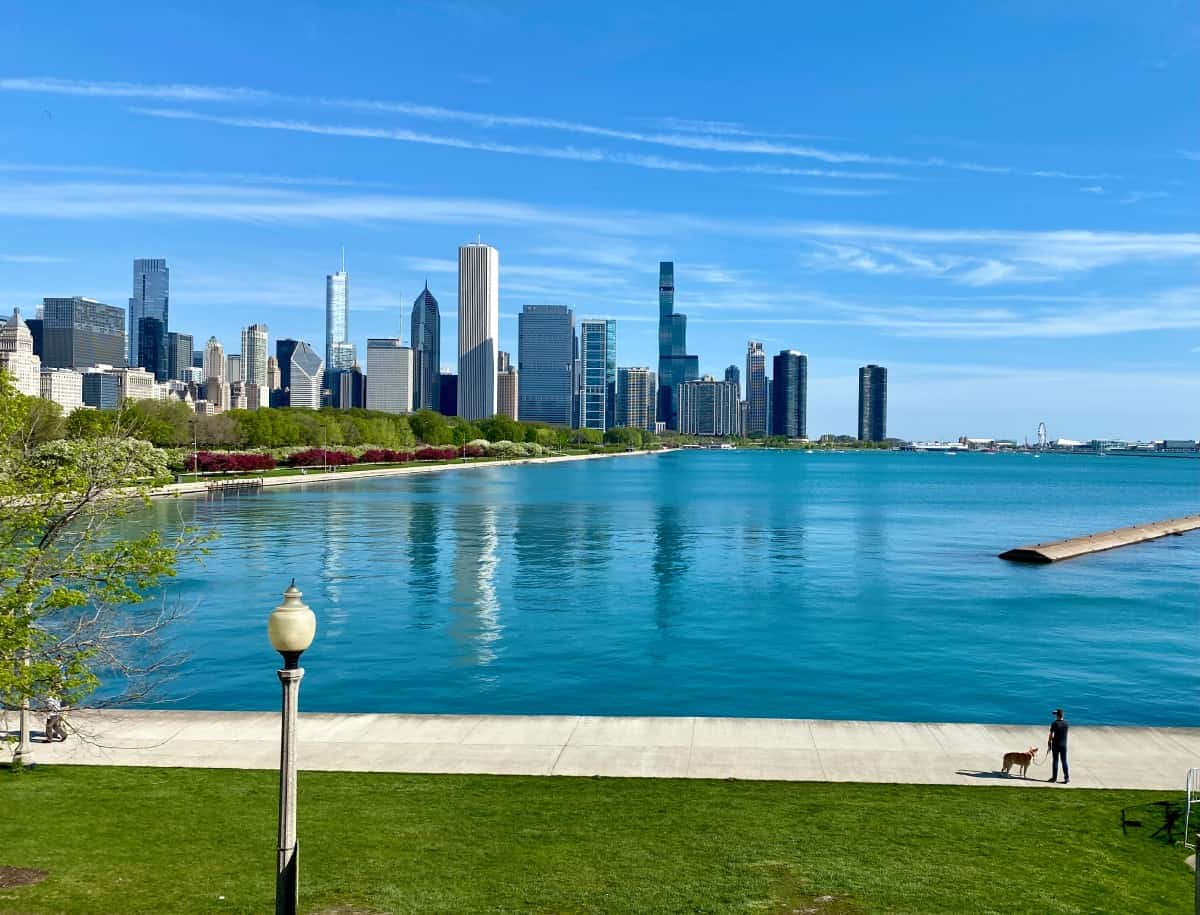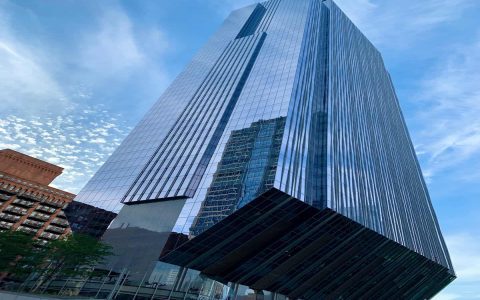The Chicago Horizon was a temporary architectural installation and public pavilion, prominently featured during the inaugural Chicago Architecture Biennial in 2015. It functioned as a viewing platform offering unique perspectives of Lake Michigan and the city skyline.
Design and Concept
Designed by the architectural practice Ultramodular, led by principals Aaron Forrest and Yasmin Vobis, the Chicago Horizon was conceived as a "horizontal skyscraper." This concept aimed to reorient the typically vertical focus of Chicago's architecture towards the expansive plane of the lake and the horizon line. Key design elements included:
- Material Innovation: Constructed primarily from Cross-Laminated Timber (CLT), the pavilion showcased the structural capabilities and aesthetic potential of engineered wood. This choice emphasized sustainability and advanced timber construction techniques.
- Structural Form: It featured a large, thin, flat roof supported by a minimal number of slender CLT columns, creating a generously covered public space beneath. An accessible ramp led to an elevated viewing deck.
- Public Engagement: The open and accessible design encouraged public interaction, providing a space for rest, contemplation, and experiencing the city from a novel viewpoint.
Significance and Context
The Chicago Horizon was the winning entry of the Lakefront Kiosk Competition, a component of the 2015 Chicago Architecture Biennial, themed "The State of the Art of Architecture." Its importance stemmed from:

- Architectural Statement: It served as a practical demonstration of innovative material use and structural design within a public context.
- Biennial Landmark: The pavilion became a recognizable icon of the first Biennial, embodying its spirit of exploration in contemporary architecture.
- Urban Intervention: Located in Millennium Park, it temporarily altered the landscape, prompting new ways of seeing and interacting with a familiar urban environment.
Legacy
As a temporary structure, the Chicago Horizon was dismantled following the conclusion of the Biennial. However, it left a lasting impression by contributing to architectural discourse on mass timber construction, the role of temporary installations in activating public space, and the engagement of architecture with its environmental context. It highlighted how architectural interventions, even if ephemeral, can foster new public experiences and showcase innovative design thinking.







